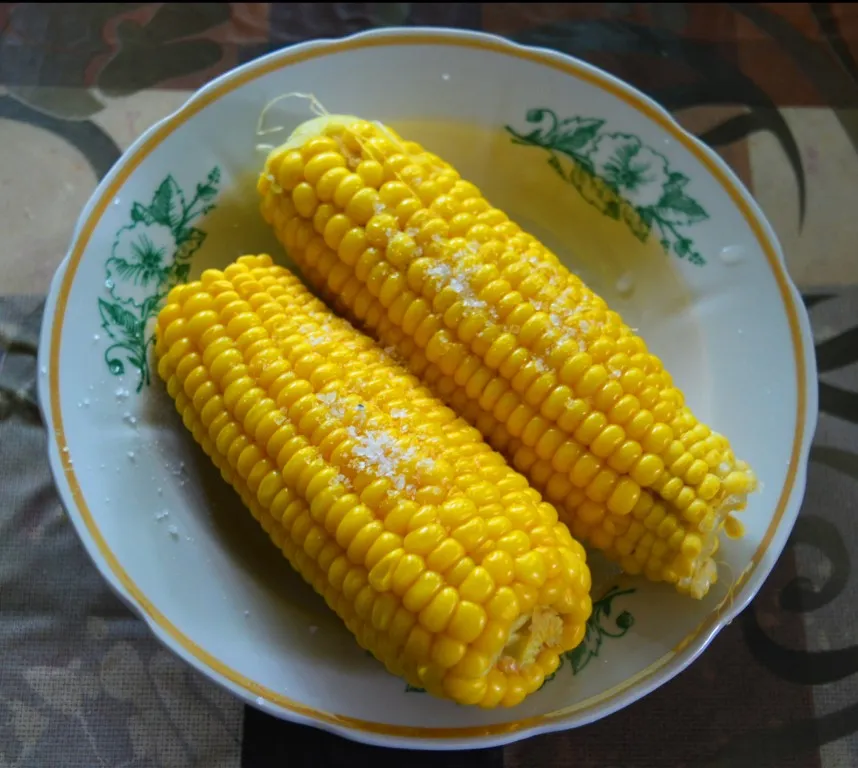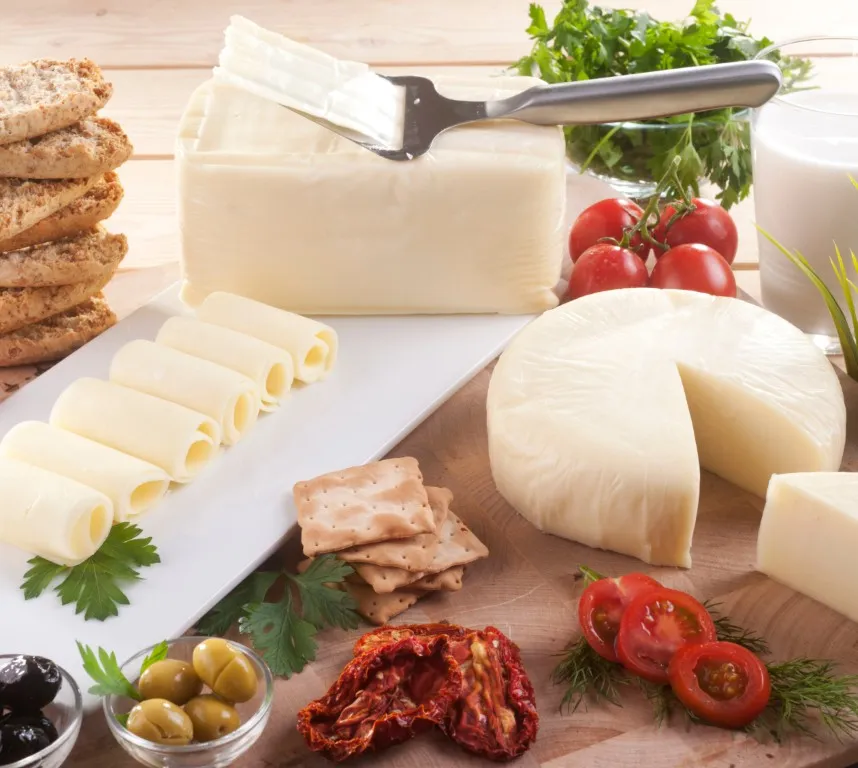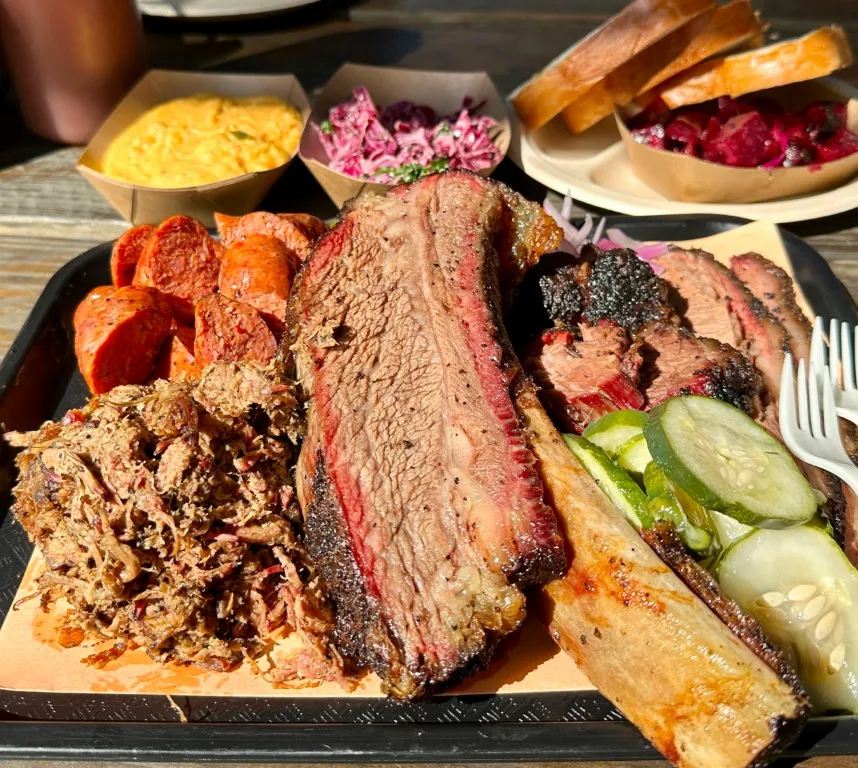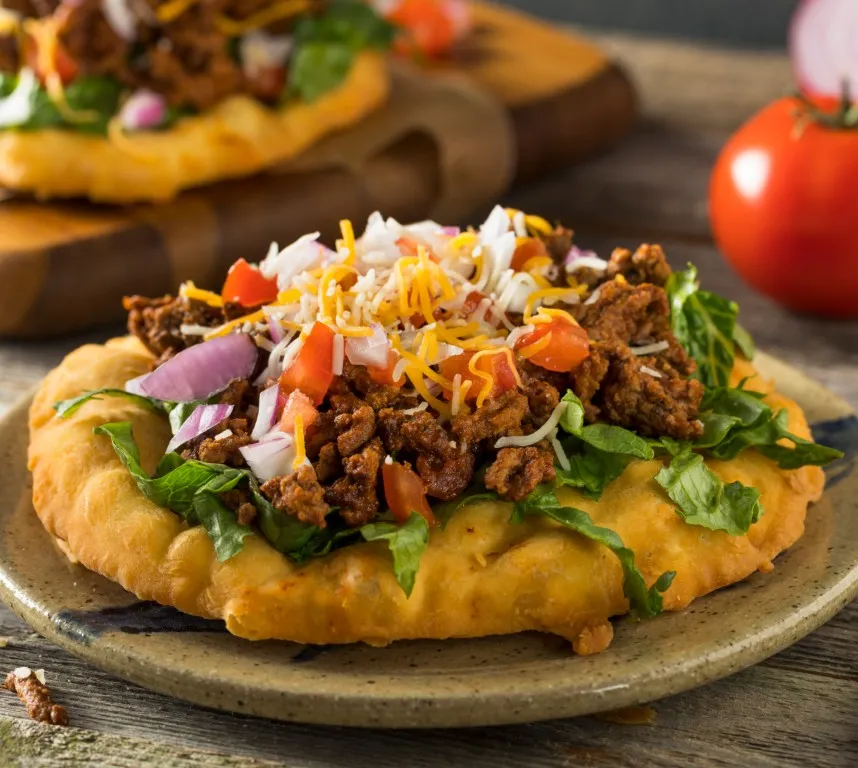When you think about it, food has been intertwined with our histories, memories and traditions for longer than most of us can recall. From your grandma’s absolutely amazing chocolate chip cookies with her secret ingredient she wouldn’t share to the roast chicken that your dad spent years perfecting to your granddad’s smoked ribs that won the local barbecue contest every summer for years on end — the recipes we cherish help to define who we are.
Whether we recognize it or not, these recipes become pieces of our legacies. Our recipe boxes and cookbooks that we keep on countertops, in drawers, and tucked away on shelves tell us more than our grandma’s secret ingredient. They tell us where we come from — regionally, culturally, and socially.
Nebraska: The Cornhusker State
What’s the first thing you think of when someone mentions Nebraska? Is it the glory of national championships? Maybe it’s the juicy steaks you’ve dreamed of from Omaha? Or, like the majority of people, do you think of corn?
Corn is a staple crop across the plains, and it stems from the indigenous peoples that first cultivated and harvested the land. Before the settlers arrived, Native American tribes would plant beans, squash and corn each year as a way of honoring the Three Sisters — the centerpiece of their belief system. When European immigrants moved in, they continued the traditions that indigenous people began. Eventually, Nebraska would become one of the leading states in corn production each year and it’s evident in many of the recipes that are cherished among Nebraskans. In fact, it became so engrained in the culture that they’re literally known as Cornhuskers.
Wisconsin: America’s Dairyland
Whether it’s the cheese hats at the Packers’ Stadium or cheese curds from a local brewery or a label on a block of cheddar at your local grocery store — it’s hard to not think “Wisconsin” when someone says “cheese.”
Wisconsinites have been making cheese for longer than Wisconsin has even been a state. It started out as a way of storing dairy safely and for a longer period of time. It was the late 1840s when Charles Rockwell and Anne Pickett — two of the state’s first cheesemakers — started making cheese. And as dairy farmers focused on producing better livestock, cheesemakers found that there were hundreds of ways to produce cheese, which led to inconsistent products. A few years later, when industrialization moved in, cheese production became standardized and streamlined — leading to mass production and consistency for the cheese itself.
Texas: Big Hair, Big Tailgates, Big Barbecue
“Everything is bigger in Texas” probably isn’t true about everything, but it is true for Texas Style Barbecue! You’ll find it in every city, every football stadium, and every backyard for miles. The sweet, spicy, and smoky barbecue is a trademarked fan favorite.
It originated in the late 1800s when German settlers were looking for a way to preserve their meat while traveling. It turned out that the best way to do that was to slowly cook the meat over an open and smoky flame. Traditionally, mesquite wood is used as the basis for Texas-style barbecue. And the distinct earthy and slightly sweet smell is a must in the barbecue world — so much so that many Texas-based restaurants and chefs refuse to use anything but!
Arizona: The Grand Canyon State
With its vast deserts and canyons, most of us think of Arizona as a dry and hot environment. And what does well in dry, hot environments? That’s right, corn. Similar to the indigenous tribes of the Midwest, the indigenous peoples of Arizona believed in the Three Sisters, too.
Corn was and still is used frequently in things like salsas, tortillas, and frybread. Frybread — one of Arizona’s more famous foods — is bread made of corn flour and then fried until it’s fluffy and golden. Traditionally, it’s a Native American recipe, and today you’ll find it all over restaurant menus in Arizona. More specifically, you’ll find it under “Navajo Tacos” on those menus. Navajo Tacos are simply tacos that use frybread as the base rather than tortillas. It’s a tradition and blending of cultures that dates back to the 1600s when Spanish settlers and Native Americans first mingled in the area.
You’ll find other mixings of cultures there, too. Mainly in Sonoran Mexican restaurants where you’ll see chips and salsa being served alongside traditional indigenous foods like deer and bison!
Defining your home
All this is to say that our recipes tell us an undeniable history. Who we are, where we’re from, where we grew up, who our ancestors were. We get to experience what eras long before us must have been like while creating stories to share with future generations. So, the next time you reach for the yellow-stained recipe card or flip open grandma’s cookbook that’s barely being held together, think about how many new stories have met with the old. All through your favorite recipes.







